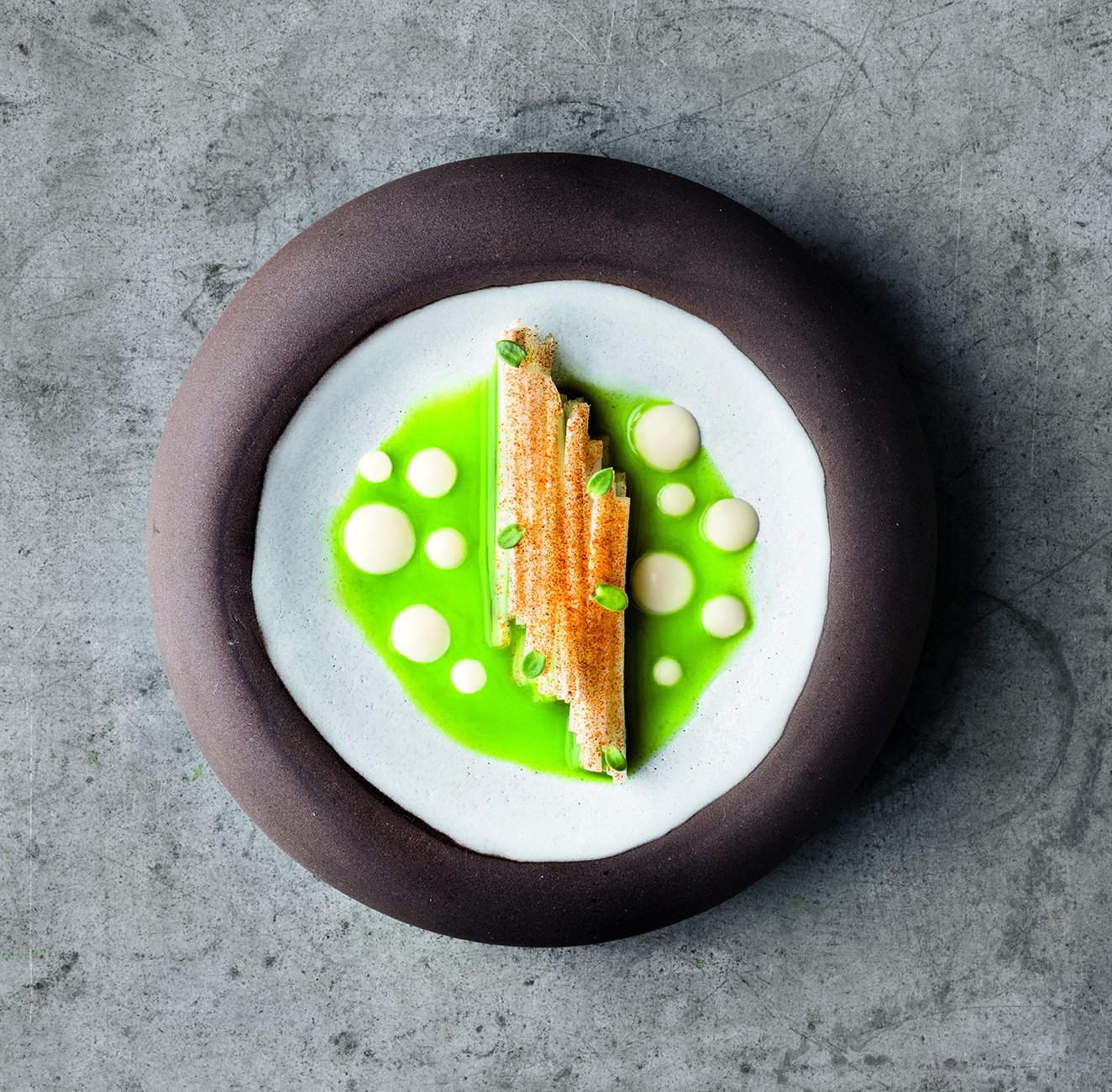
Say hello to your new office snack!
Eating bugs might sound gross but here's what we discovered when Phaidon's finest took the taste test
We're all used to work colleagues coming back from weekend breaks in unusual places with office offerings of the local delicacies, often chocolate, occasionally with bits of dried fruit or brake fluid-strength alcohol packed into their soft centres.
These delicacies invariably range from delicious to borderline poisonous - a fact which never stops them all being eaten well before Monday is out. After all, one has to keep one's strength up in the demanding office environment.
So when a lorry load of insects was deposited at our New York HQ for the launch event of our new book On Eating Insects at Brooklyn’s Videology Bar & Cinema, at the weekend, (more on that soon) eager Phaidon staffers were keen - give or take one or two of us - to take the taste test.
Obviously as we'd all read our new book On Eating Insects cover-to-cover we already knew that eating insects isn't a new thing by any means. In fact, one of the oldest written accounts describing insects as food is found in the Old Testament (Leviticus 11.20–23) and permits the edible use of ‘the locust of any kind, the bald locust of any kind, the cricket of any kind and the grasshopper of any kind’.
And we were heartened by the fact that insects are one of the most enviromentally friendly foodstuffs you'll ever eat. “On the internet, insects always win,” writes Mark Bomford, Director of the Yale Sustainable Food Project, in the introduction to On Eating Insects.

What he means is that whenever you get into a discussion with food sustainability experts online (as you do) insects always come out on top as providing more sustainably produced protein per pound than say, for example, a cow.
“Choose any foodish enviro-metric you like: gallons of water, CO2 equivalents of greenhouse gases, acres of land, feed-conversion-ratio comparisons, you name it. Truth, as interpreted and disseminated by infographics, will declare the unequivocal superiority of insects over any other animal we could choose to eat,” Bomford writes.
So what do they taste like? And what's it like to share crickets as a communal office snack? Despite a few initial misgivings most of us were pleasantly surprised.

Philip Ruppel, Phaidon’s Chief Operating Officer, described them as “magically delicious”; Meagan Bennett, Art Director of Children's Books, deemed them "surprisingly satisfying!” adding, “I’d definitely eat them again.” Emily Takoudes, Executive Commissioning Editor for our Food titles, said they were “crispy, satisfying, and surprisingly flavourful.” Colleen Hochberger, our Executive Assistant, said "I thought it was gross until I tasted it, and then I wanted to try every flavour. Very delicious!”; and Olga Massov, Project Editor for our food titles, said they were "Fun to eat, crunchy and flavourful." The spicy ones were Olga's favourite.”

Want to share this enlightening experience with your co-workers? Then order a copy of On Eating Insects here, and try your hand at spicy cricket and asparagus, tempeh and cricket broth, and fish and crickets. They’re all in our new book and would make a cheery, beautiful addition to that end desk where no one sits.